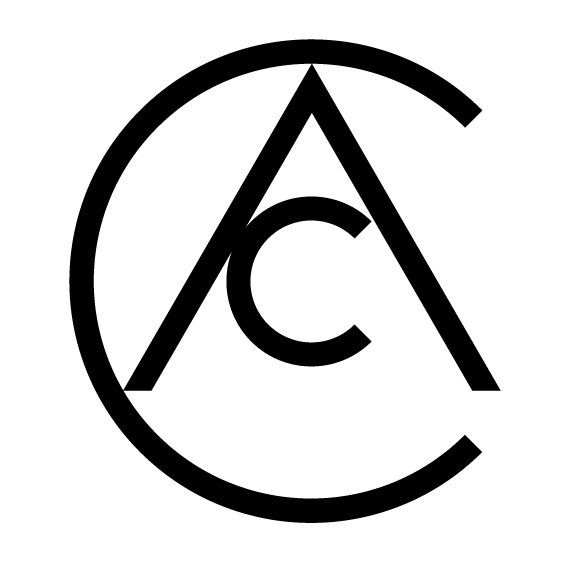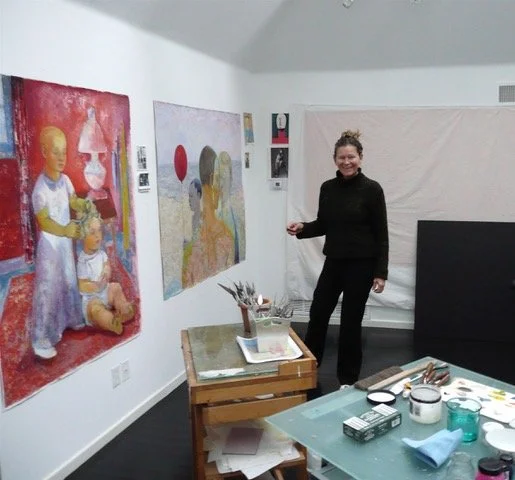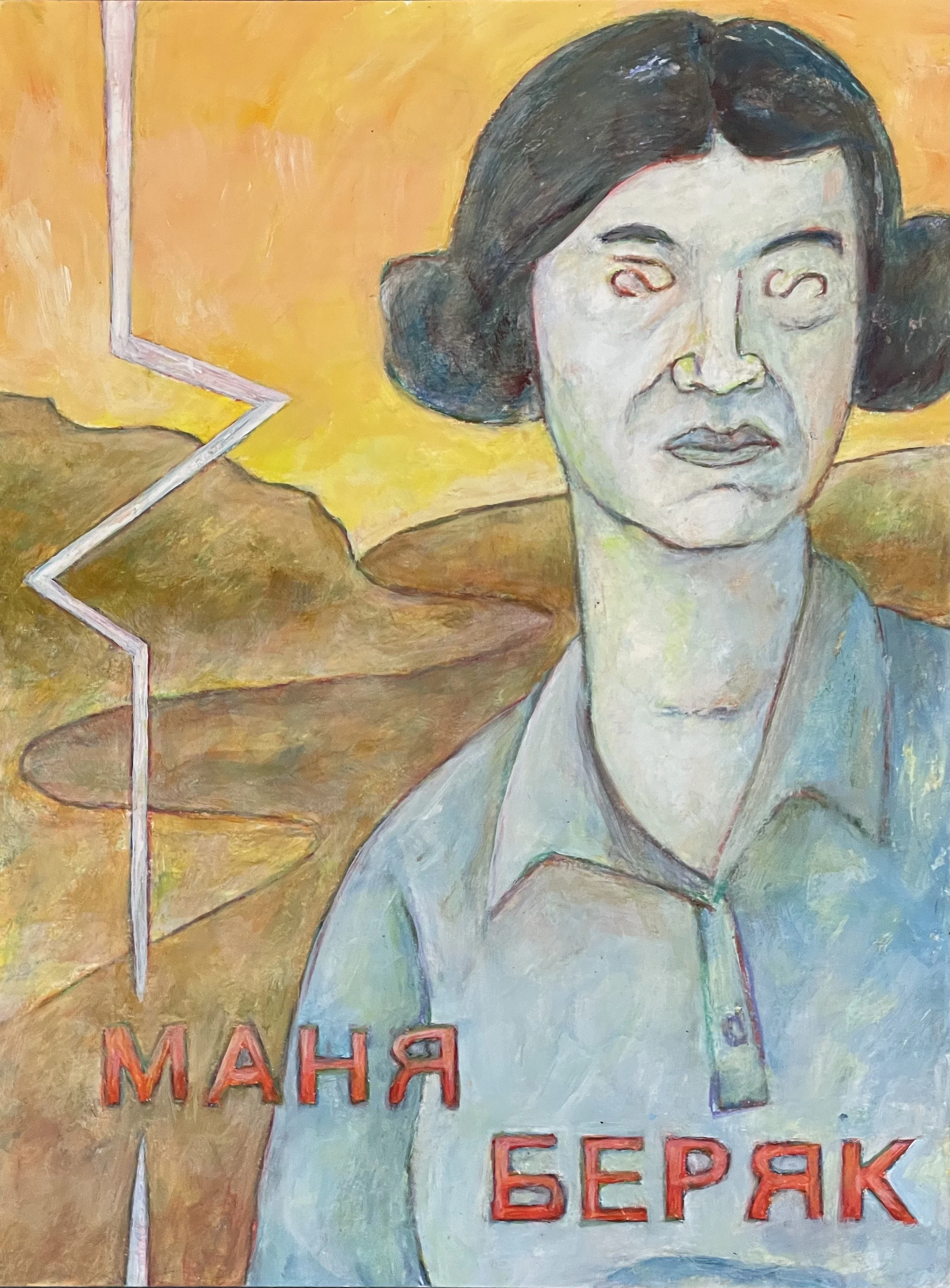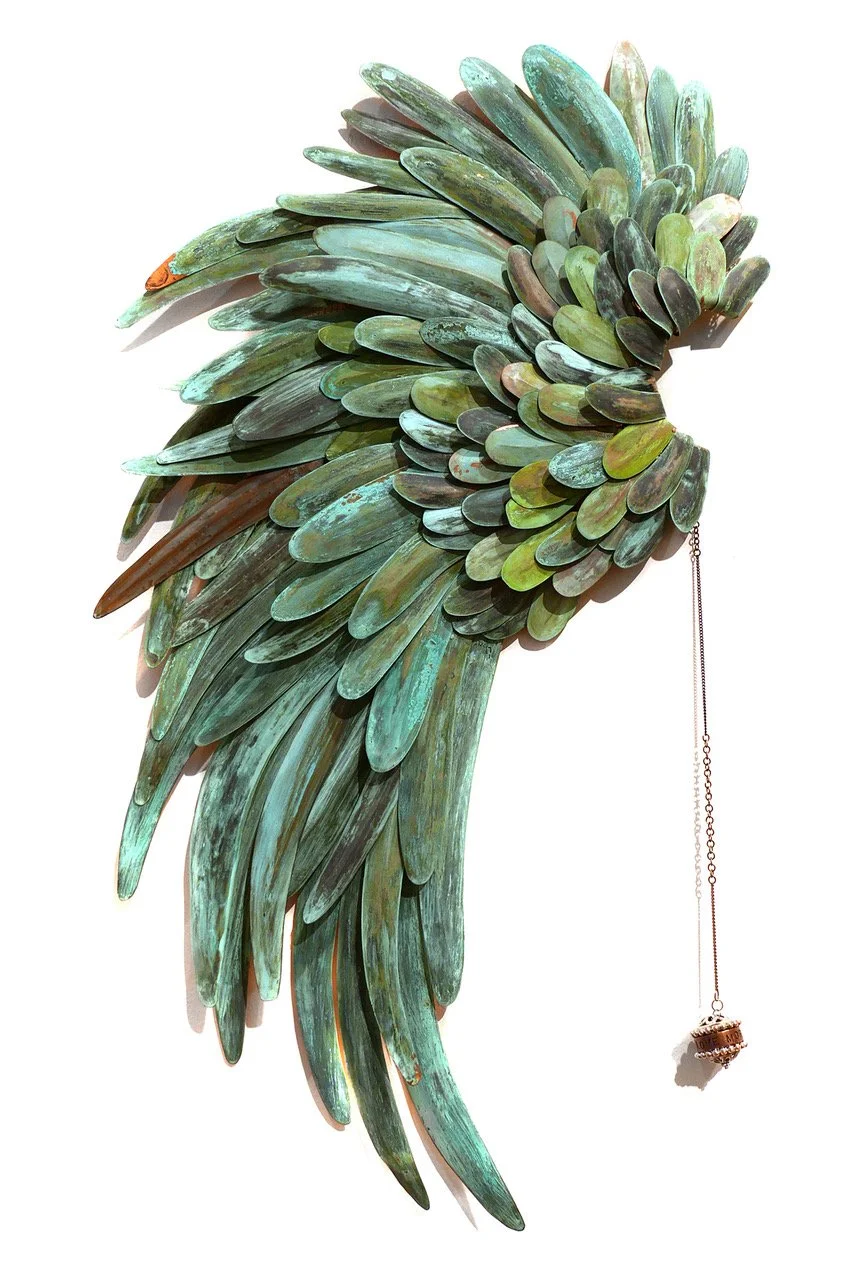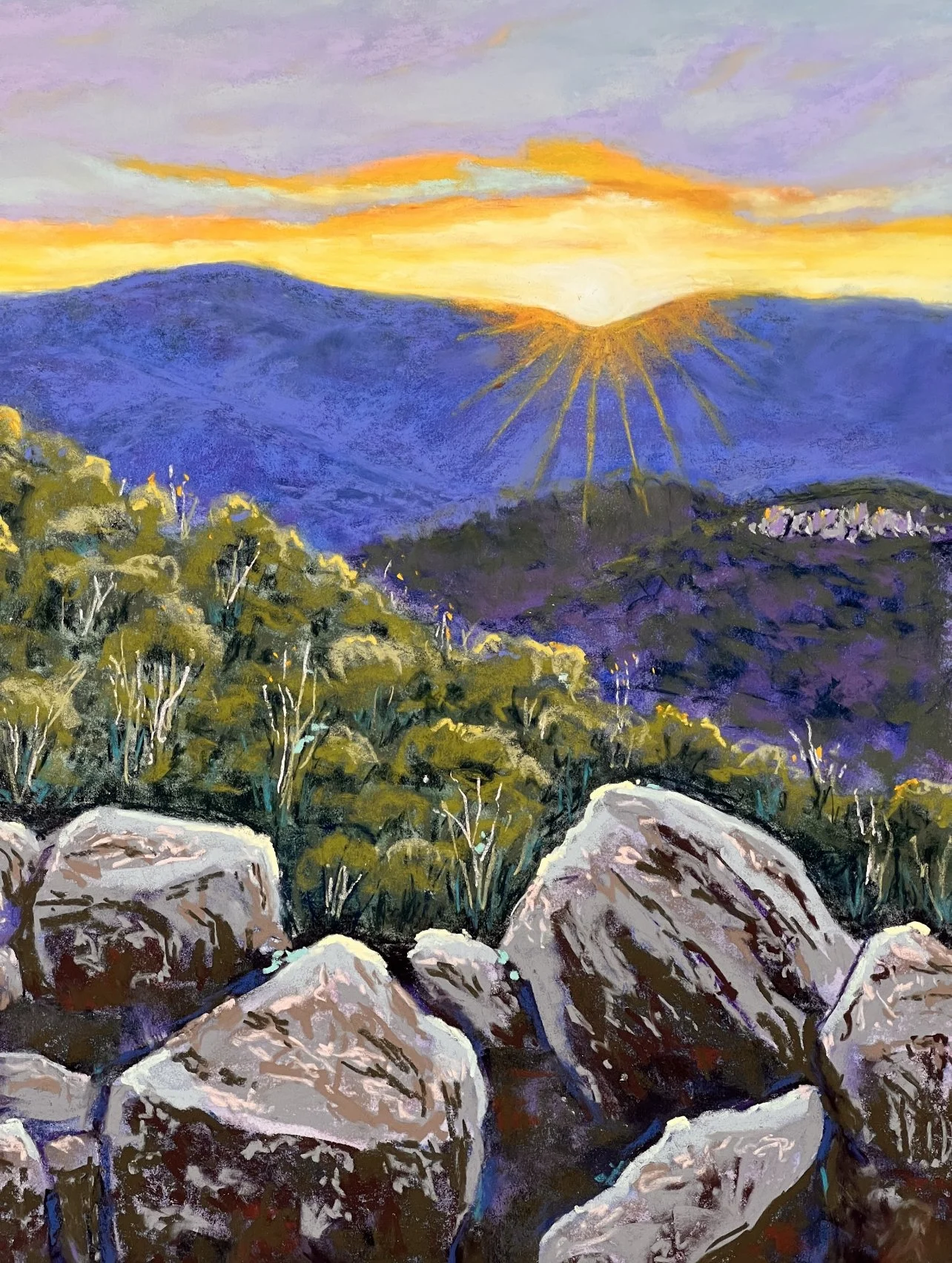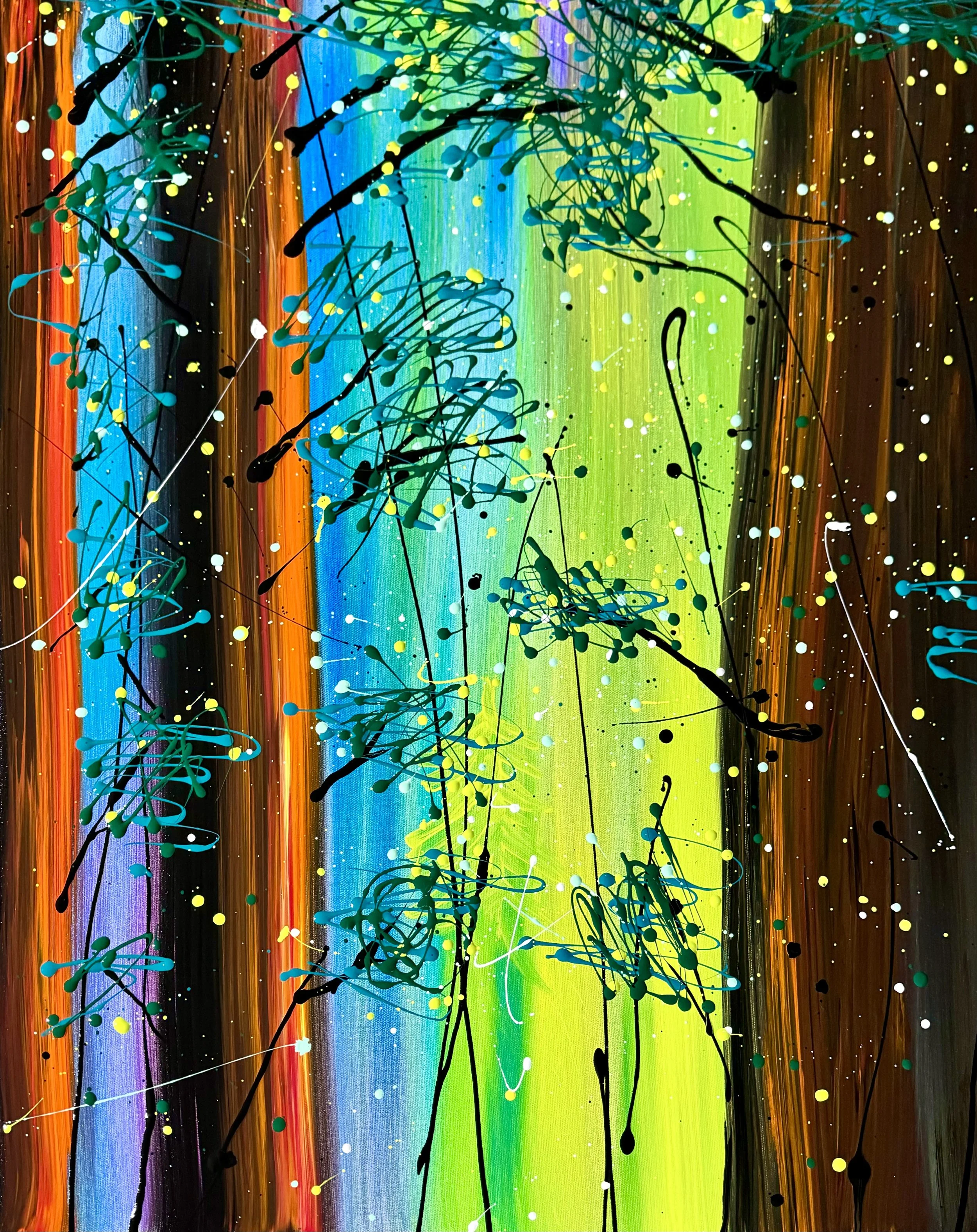‘STYLE’ in my art is not my objective, each piece is an adventure in both process and substance, the technique is developed according to a need for expressing an inspiration, developing the means to create visually an inner feeling, or thought. I am inspired by a belief in the healing spirit of art.
All in Painting
Interview with Pu Wei
The Paintbrush artist Pu Wei, a native of Kunming, Yunnan, China, is well-known as an “innovative color of Surupa painting” artist in China. She was reported in Chinese influential art webs, magazines and newspapers, TV, and CNC world news, and participated in international art exhibitions in New York, London, Paris, Strasbourg, Miami, San Diego, Dubai, Tokyo, Italy, Spain, Portugal, Switzerland, etc. and won many international art awards.
Interview with Jeff Kaufman
What were the biggest challenges you faced when you first started out as an artist in NYC and LA, especially coming from a family with no background in art, theatre, film, or politics?
My biggest challenge was my own ignorance. There was a lot I needed to learn about the world, and about myself. Growing up, I had a passion for politics, art, and classic movies, but I struggled in school and didn’t know what to do with those interests. I think for every artist it’s vital to see a path that connects where you are to where you want to be. That can come from knowing art history (personal stories, not just chronology), exploring the contemporary art world, and being part of a community.
Interview with Miro Frei
Miro Frei was born 1974 in the small town Aarau in Switzerland where he also grew up. He studied history, geography and German studies at the University of Zurich. He had been working as an artist since 2004. In 2007 he exhibited his paintings at the Kraftwerk gallery in Berlin. In 2009 he was asked to participate in the Florence Biennale. Frei’s installation „Dada is growing up” in 2014 at the artclub in Cologne received a lot of attention. Also in 2014, he exhibited his paintings in a show of the art scene Berlin at the Petrus Church in Berlin Lichterfelde. After the Florence Biennale 2013 he decided to exhibit at the Artifact gallery in Lower East Side. In January 2022 he exhibited at the Kunsthalle Bern. In 2023, he graduated from the F+F School of Art and Design with a degree in art. Further expositions in Berlin, Innsbruck, Zurich and near Zurich.
Interview with Dina Torrans
Dina Torrans has been working as a multimedia artist for over 25 years. Her award-winning artwork has been exhibited in numerous solo and group exhibitions internationally and is included in many private and public collections. After graduating with awards from The Art Centre at Central Technical School in Toronto, she worked as an instructor in both the Sculpture and Printmaking Departments for over 10 years. She has been a Visiting Artist and Speaker at, among others, the McMichael Gallery, York University - School of the Arts and The Toronto Board of Education.
Caroline Reid
In the vibrant tableaus of Caroline Reid's artworks, one encounters the vivid essence of the semi-alpine region that she calls home. Reid's oeuvre is a celebration of the natural world, a kaleidoscopic journey through landscapes rendered with a joyous palette and an exuberant stroke. Her paintings, which she creates in the company of her three dogs during her rambles, transcend mere representation. They become an intimate chronicle of her dialogues with Mother Earth, each canvas an act of reverence and exploration.
Marco Benedetti
Marco Benedetti’s oeuvre is a testament to the intricate dance between mediums, a symphony of traditional photography and diverse artistic methods that culminates in a rich tapestry of mixed media art. His works are a deep reflection of historical richness blended with modern-day relevance, bridging the gap between epochs with a nuanced understanding of form, emotion, and texture.
Armando Cabba
Armando Cabba’s artistry is a captivating journey through the intricate dance of portraiture and abstraction. His canvases are realms where the visceral and the ethereal coalesce, presenting a duality that is both profound and accessible. Known predominantly for his portraits, Cabba's works are more than mere representations; they are emotional landscapes painted with the vibrant palette of human experience.
Elena Dobrovolskaya
In the realm of contemporary art, where abstraction and conceptual motifs often dominate, the works of Elena Dobrovolskaya emerge as a refreshing homage to realism. Her oeuvre, a delightful collection of paintings and drawings, revels in the beauty of the tangible world, capturing the essence of everyday objects and people with an almost poetic grace. This review delves into the heart of Dobrovolskaya's artistry, exploring the nuances that make her work not only aesthetically pleasing but also profoundly significant in today's art landscape.
Interview with Dorothea Elisabeth Piper
The German artist Dorothea Elisabeth Piper, also known under her artist name ELIA, has been living and working south of Berlin since 1980. Since 1956, she spent her childhood in Lutherstadt Wittenberg, an old historical city known for its rich traditions, and studied pedagogy in Potsdam. After another degree in accounting and controlling, and the birth of three wonderful children, she devoted herself completely to art. In 2002 she opened her workshop ELIA in Ludwigsfelde. She loves to share her passion for painting and teaching during classes in her own painting school, in her workshop, and as an independent painting tutor. She supports the Volkshochschule Teltow-Fläming and the Akademie 2. Lebenshälfte on a voluntary basis and practices art with seniors.
Robert Ram
Robert Ram's artworks invite spectators into a realm where the boundaries of surrealism and magical realism intertwine, resulting in a mesmerizing tapestry of the extraordinary. Every artwork presented here acts as a gateway, inviting the viewer to step into a meticulously constructed realm that surpasses the ordinary. It demands the suspension of disbelief, urging one to fully embrace a world where the implausible and the unimaginable seamlessly intertwine in perfect unity.
Interview with Luciana Abait
Luciana Abait was born in Buenos Aires, Argentina and is currently based in Los Angeles. Her multimedia works deal with climate change and environmental fragility, and their impacts on immigration in particular.
Interview with Lusie Schellenberg
Who are some of the artists, past or present, who have influenced your work the most, and how do you hope your work will influence future artists?
Leonardo da Vinci is certainly one of the greatest artists of all time. His masterpieces, such as The Mona Lisa and The Last Supper, impress with their technical mastering idealism and anticipate many modern artistic trends. In my work, I will try to create unique works that will evoke emotions and imagination in people. I hope that my work will inspire future artists to experiment and create their own original art. Influencing other artists is a privilege, most of it, but it's a matter of time and does not depend on the wishes of the artist.)))
Michael Surber
Michael W. Surber's artistry is a striking display of color's emotive force and an adventurous exploration of form. His approach to painting is dynamic, marked by a tactile and often thick application of paint that seems to jump off the canvas, engaging the viewer directly. Surber's skillful use of a wide range of colors, from fiery reds and oranges to calming blues and greens, exhibits his deep understanding of color theory and its emotional resonance.
Patrick Joosten
Patrick Joosten stands out as a self-taught virtuoso in the abstract art scene, crafting pieces that are as spontaneous as they are meticulously thought out. His canvases serve as more than mere backdrops; they are vibrant arenas where color, texture, and form unite to orchestrate a complex visual experience. Joosten’s oeuvre is a compelling reminder of abstract art’s ability to stir emotions, prompt introspection, and challenge the viewer’s perspective.
Interview with Svetlana Malakhova
Svetlana, please share some of your earliest experiences or influences that led you to pursue an art career, mainly focusing on the human theme?
Actually, during my studying I had already understood that the most interesting theme for me is the human body. I distracted from humans, only during summer practice when we were focusing on landscapes and spent a lot of time painting fields and trees or parks and rivers not far from Moscow. So, during summer time, I was engrossed in landscape painting, but when I came back to Academy walls, I began to create with a new energy new artworks with human bodies and work with models. I think it had always been in my subconscious mind, but my mind understood it a little bit later. Then, I almost stop to work with any theme but humanity and I think one life is not enough to open this enormous and huge question.
Interview with Jianhui Ren
Mr Ren Jianhui, born in ChenDu, China. He graduated from Art Academy of Qing Hua University, his teacher was the art master Mr. Wu Guanzhong. He was selected as “Top 60 Masters of International Contemporarty artists” in 2013 by USA, Canada and Italy, he is also the first South East Asia artist to get this nomination. Mr. Ren Jianhui used to teach in National University of Singapore. He is the president of Artists Society of Singapore (2002 till present) and a member of China Artists Association.
Interview with Milena Bini
In your varied artistic journey, starting in adolescence, what initially led you toward art as a form of expression and how has this inspiration evolved over time?
Art was initially therapeutic for me, the medium that allowed me to express my states of mind. I remember in my early adolescent conflicts feeling a strong uneasiness, running to the attic, grabbing everything I had on hand: sand, paper, paints, glues, etc., and instinctively transferring my malaise to canvas or board. Art was my salvation. This is precisely why I enrolled in one school after another to learn how to express myself better in this language. The real passion blossomed in high school where I had the good fortune to meet good teachers who passed on to me a love of art history and human figure drawing; attending classes got me hooked on oil painting, over time I experimented with different techniques and expressions in various artistic fields, I was thirsty to learn.
Interview with Giovanni Gambasin
Giovanni Gambasin, born in 1951, started out in a family that was foreign to the artistic world. However, destiny led him on a unique artistic path, growing up in an unusual context: his father was sacristan of a small church in Crespano del Grappa, designed by none other than Antonio Canova as a 'dress rehearsal' for the Canovian temple in Possagno, the neoclassical artist's birthplace. A certainly peculiar context for the training of an artist.
Interview with Maja Pavlovska - Maja Angel
How has your journey from Macedonia to the Netherlands influenced your artistic style and themes in your paintings?
First of all I would like to express the honor, happiness and thankfulness to you and the whole team of Contemporary Art Curator, for giving me this great opportunity to present my art journey to your visitors and audience world wide, who are interested in art. I hope that my art journey will be interesting for them, as well.
